
I'm v excited to be recruiting a PhD student to work on badger behaviour and ecology! Starting date is March 2026; see the ad here, or message me for more details: www.gregalbery.me/s/March-2026...
03.10.2025 14:05 — 👍 53 🔁 61 💬 0 📌 1@phylewgenetics.bsky.social
I like worms, genomes, & evolution. Postdoc in Tree of Life @ Wellcome Sanger Institute. He/him.

I'm v excited to be recruiting a PhD student to work on badger behaviour and ecology! Starting date is March 2026; see the ad here, or message me for more details: www.gregalbery.me/s/March-2026...
03.10.2025 14:05 — 👍 53 🔁 61 💬 0 📌 1New preprint! We unexpectedly discovered that some Caenorhabditis species delete parts of their somatic genome early in development, which fragments their chromosomes and eliminates key germline genes. Multiple lines of evidence suggest this bizarre process was present in the ancestors of C. elegans
28.10.2025 12:11 — 👍 34 🔁 13 💬 0 📌 0Programmed DNA elimination was present in the last common ancestor of Caenorhabditis nematodes https://www.biorxiv.org/content/10.1101/2025.10.23.681605v1
24.10.2025 21:32 — 👍 2 🔁 2 💬 0 📌 1Programmed DNA elimination was present in the last common ancestor of Caenorhabditis nematodes https://www.biorxiv.org/content/10.1101/2025.10.23.681605v1
24.10.2025 21:32 — 👍 6 🔁 5 💬 0 📌 0Really, really happy that our work on microsporidian genomes is now out in @plosbiology.org! A huge thank you to my coauthors, my supervisors @mblaxter.bsky.social & @marakat.bsky.social, the editors @roliroberts.bsky.social & Joseph Heitman, and the reviewers ❤️ plos.io/48HsAQJ
22.10.2025 10:47 — 👍 28 🔁 13 💬 0 📌 2And look at this graphic abstract….. 😱🤯
05.10.2025 02:00 — 👍 193 🔁 58 💬 7 📌 5Which journal would publish such a fragmented mess?
www.cell.com/current-biol...

Preprint Alert! 🦥
We produced complete genomes for 2 Xenarthra and placed them in a mammalian comparative framework. We found that Xenarthra harbour the largest number of retrocopies in mammals! www.biorxiv.org/content/10.1...
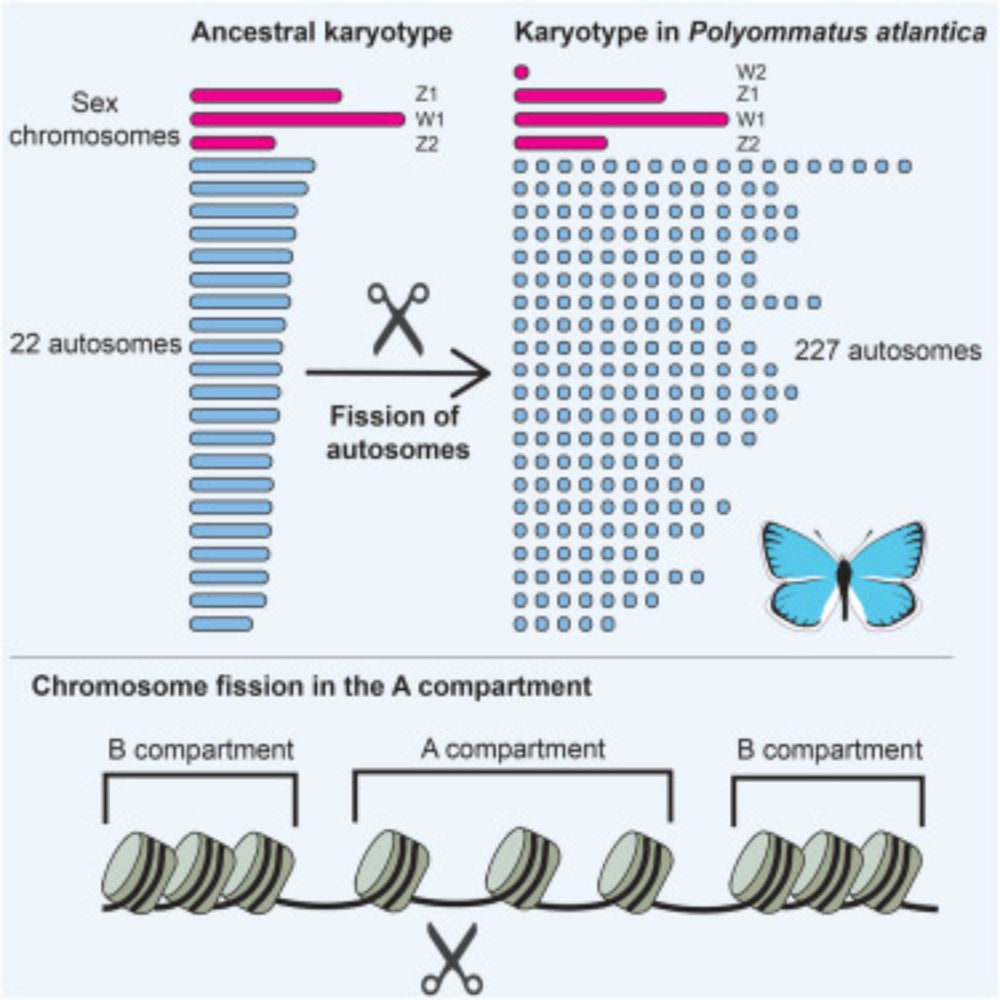
How many chromosomes can an animal have?
In our paper out now in @currentbiology.bsky.social we show that the Atlas blue butterfly has 229 chromosome pairs- the highest in diploid Metazoa! These arose by rapid autosome fragmentation while sex chromosomes stayed intact.
www.cell.com/current-biol...

That is, Oceania looks like a source for Asian species, not the reverse! Here’s the preprint.
24.09.2025 20:33 — 👍 28 🔁 5 💬 1 📌 0C. elegans is a real animal and we set out to understand how it comes to have its distinctive biogeography. Its ancestral center of diversity is in the higher elevation forests of Hawaii. Its closest relatives are spread across east Asia. Did they travel from Asia? [Preprint 🧵]
24.09.2025 20:33 — 👍 167 🔁 79 💬 5 📌 8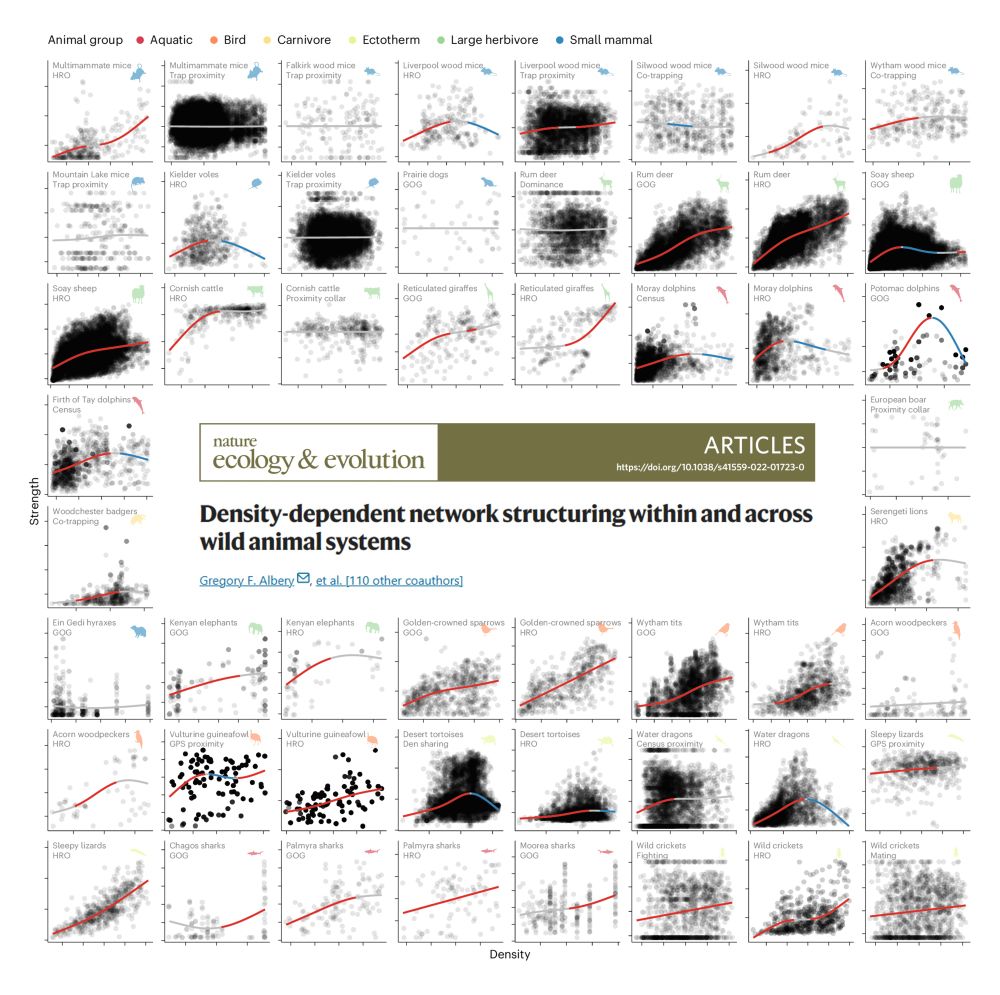
Celebrating the publication of our big collaborative spatial-social meta-analysis of density-dependent transmission effects, out now in Nature Eco Evo! doi.org/10.1038/s415... (or rdcu.be/eD6eB)
08.09.2025 14:53 — 👍 45 🔁 22 💬 1 📌 3
New preprint! We generate 40 new high-quality microsporidian genomes from infected arthropod hosts that were sequenced to create reference genomes by the Darwin Tree of Life project. 8 of our genomes are chromosome-level, and we’re able to generate Hi-C data for 7! 🧬
www.biorxiv.org/content/10.1...
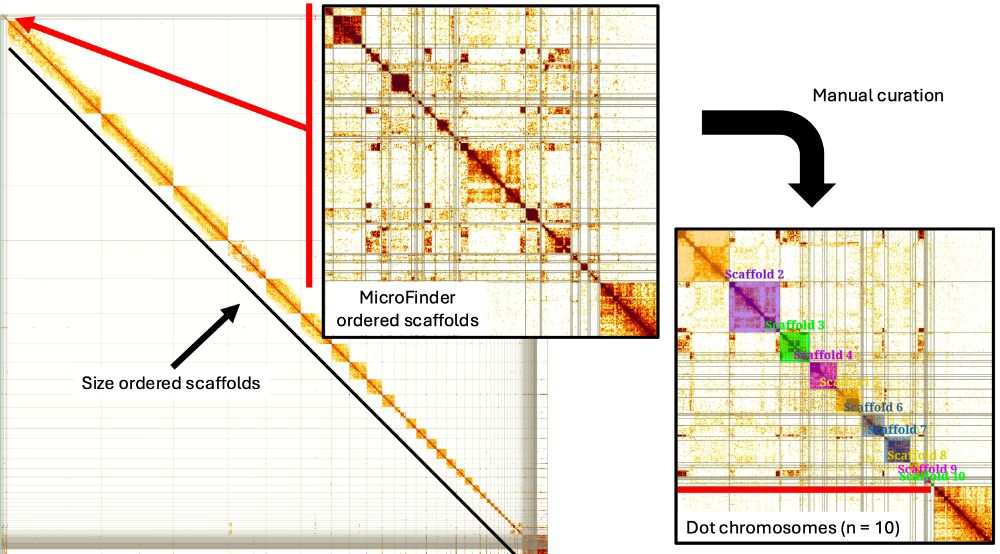
Struggling to find the tiny microchromosomes in draft bird genome assemblies?
Our new #preprint introducing MicroFinder can help: www.biorxiv.org/content/10.1...
🧵 below
(1/n)
@sangerinstitute.bsky.social

Delighted to have been awarded a BBSRC Fellowship to look at the genetics of how insects have adapted to living in freshwater habitats 🧬🦋🪰🪲🌊
Extremely grateful to all who have supported me over the years and excited to be at Liverpool with some great colleagues!
www.ukri.org/news/9-milli...
A non-vesicular Argonaute protein is transmitted from nematode to mouse and is important for parasite survival https://www.biorxiv.org/content/10.1101/2025.04.01.646544v1
02.04.2025 03:18 — 👍 4 🔁 2 💬 0 📌 2Very excited to share this collaborative work led by Kyriaki Neophytou. An extracellular Argonaute from a nematode parasite is transmitted to host cells and the non-vesicular form is functionally important (and now a vaccine candidate). An Argonaute vaccine... who would have thought.
02.04.2025 06:13 — 👍 3 🔁 3 💬 0 📌 0Super excited to see our work shared with the scientific community! We know #Argonaute proteins can be extracellular, but can they be transferred to recipient cells and can they function? Happy reading!
02.04.2025 11:05 — 👍 3 🔁 2 💬 0 📌 0Our paper on myxozoan genomes is out now in G3! See thread below for a brief recap (slight change of title from the preprint, same content).
Thank you also to @arunsethuraman.bsky.social for handling the manuscript and @joannamasel.bsky.social for helpful comments.
academic.oup.com/g3journal/ad...
This is an absolutely insane story! Autosomes shattered to pieces 🫠 while sex chromosomes entirely intact 😎. Wicked evolution of atlas blues 🦋 by @charlottewright.bsky.social et al. @sangerinstitute.bsky.social
20.03.2025 20:34 — 👍 19 🔁 8 💬 0 📌 0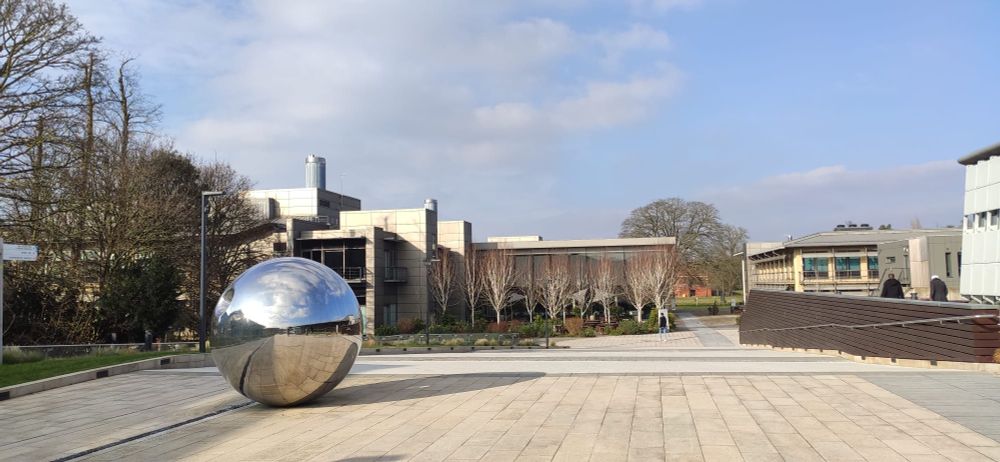
(1/4) In its first year, #ProjectPsyche has engaged with the research community by creating networks with experts in moths and butterflies 🦋 Members of the project have also trained the research community in #GenomeCuration, a key step in the generation of genomes 🧬
20.03.2025 07:43 — 👍 17 🔁 10 💬 1 📌 1The 229 chromosomes of the Atlas blue butterfly reveal rules constraining chromosome evolution in Lepidoptera https://www.biorxiv.org/content/10.1101/2025.03.14.642909v1
17.03.2025 19:32 — 👍 15 🔁 5 💬 0 📌 1Evolution of developmental bias explains divergent patterns of phenotypic evolution https://www.biorxiv.org/content/10.1101/2025.02.04.636455v1
05.02.2025 10:34 — 👍 11 🔁 8 💬 0 📌 0
Two postdoctoral positions at the Wellcome Sanger Institute focus on symbiosis genomics, analyzing eukaryotic and prokaryotic cobionts. Closing date: Jan 26, … https://sanger.wd103.myworkdayjobs.com/en-US/WellcomeSangerInstitute/details/Postdoctoral-Fellow--Microbiomes-of-Tree-of-Life-_JR102528 #job
07.01.2025 07:13 — 👍 9 🔁 16 💬 0 📌 0Most of my time this year has been working on this new dengue nomenclature system with a huge and brilliant set of global collaborators!! Glad to see other people think it's worthwhile too 😎 @nathangrubaugh.bsky.social
03.01.2025 13:54 — 👍 26 🔁 6 💬 0 📌 0Population genomics reveals an ancient origin of heartworms in canids https://www.biorxiv.org/content/10.1101/2024.12.26.630432v1
27.12.2024 07:33 — 👍 6 🔁 3 💬 0 📌 0
Over the last few months I watched 100 Christmas films, and wrote about it for the FT Mag: on.ft.com/3BBYrUR It's been a year
20.12.2024 10:07 — 👍 4 🔁 1 💬 1 📌 0First #bluetorial. 🎉🎉 We’re very happy to share our latest biorxiv #preprint, just in time before the holiday season. We explored how transposable elements (TEs) diversify eukaryotic proteomes and found a cool case in nematode F-box genes. #TEsky #evosky #Celegans
Short 🧵 with highlights.

Join us for the 1st Holocentric Chromosomes conference! If you work on holocentric plants🌱, arthropods🦋or worms🪱, cell biology or macroevolution🧬, this conference is for you!
Amazing keynotes! @joanameier.bsky.social @amarques.bsky.social, Marcial Escudero and Ines Drinnenberg
@UniNeuchatel
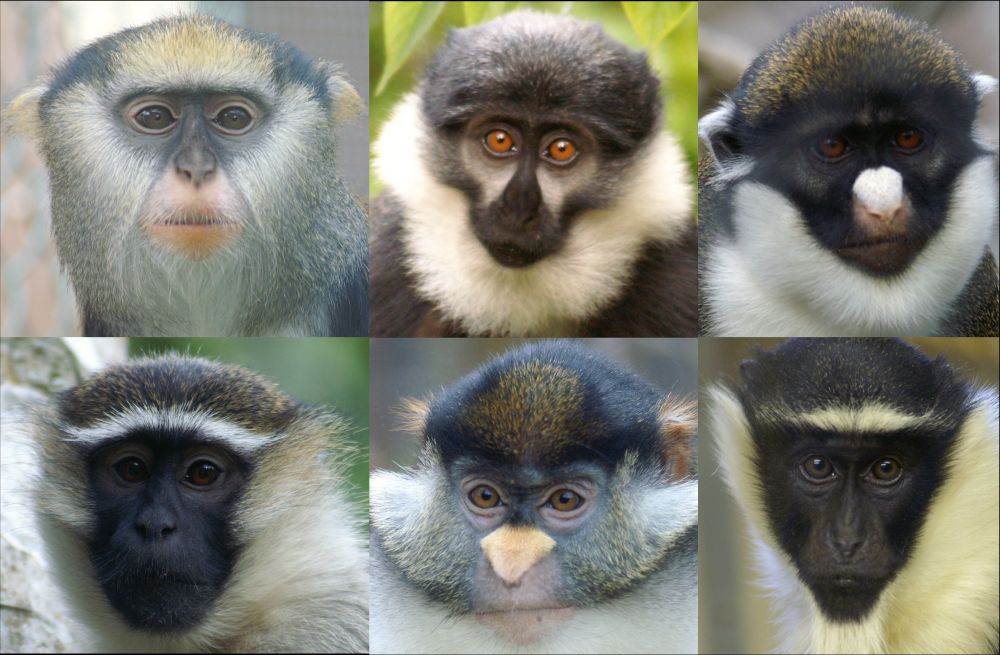
If you like genomics, speciation, and primates, this PhD position is for you! Unraveling the genomic architecture of speciation and gene flow in a crazy group of monkeys at U of Edinburgh . Do reach out with questions!
evol.mcmaster.ca/brian/evoldi...